Essential Horse Care 101: A Beginner’s Guide to Happy and Healthy Horses
Understanding basic horse care is crucial in laying a foundation for a positive and fulfilling relationship between you and your horse. By understanding the responsibilities that come with owning a horse, you will embark on a journey that not only enriches your life but ensures the well-being of your equine companion.
- Understanding Basic Horse Care:
- Educational Foundation: New owners need to recognize that horses have specific needs, behaviors, and health considerations. Acquiring knowledge about these fundamental aspects is the first step toward providing proper care.
- Responsibility: Owning a horse comes with a significant responsibility to meet the physical, emotional, and health needs of the animal. Understanding these responsibilities helps you make informed decisions for the benefit of your horse.
- Bond Between Horses and Owners:
- Companionship: The bond between you and your horse underscores the unique companionship that can develop. Horses, known for their loyalty and sensitivity, often form strong bonds with their human caregivers.
- Mutual Well-being: Proper care contributes to a happy, healthy equine companion and reinforces the reciprocal nature of the relationship. When you prioritize your horses’ well-being, your horses, in turn, contribute to the emotional fulfillment and happiness of their owners.
- Contribution to a Happy, Healthy Equine Companion:
- Physical Health: Proper care involves meeting your horse’s physical needs, including nutrition, grooming, and veterinary care. This contributes to your horse’s overall health, preventing illnesses and ensuring longevity.
- Emotional Well-being: Beyond physical needs, proper care addresses your horse’s emotional well-being. Providing a safe and stimulating environment fosters a content and happy disposition in your horse.
- Lifelong Learning Journey:
- Ongoing Education: Horse care is a lifelong learning journey. As you continue to expand your knowledge, you will develop a deeper understanding of your horses’ individual needs and preferences. After being with horses for over 40 years I am still learning about these amazing animals.
- Adaptability: It is extremely important to be adaptable in horse care practices. Each horse is unique, and you may need to adjust their care routines based on your horse’s age, health, and lifestyle changes.
By understanding the significance of basic horse care and the profound bond between you and your horse you can embark on a fulfilling journey that not only enriches your life but also ensures the well-being and happiness of your equine companions.
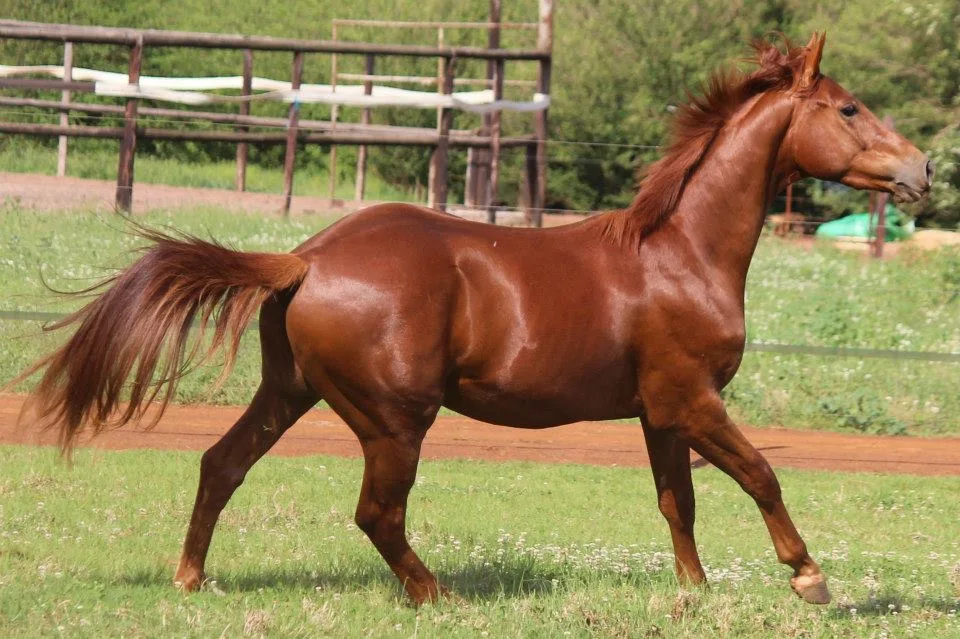
Getting Started with Your New Horse
Embarking on the journey of horse ownership involves careful consideration and thoughtful preparation. Exploring factors when choosing a horse and creating a comfortable home are pivotal steps in ensuring a positive and harmonious relationship between the owner and their equine companion.
- Choosing a Horse:
- Experience Level: It is very important when choosing a horse to consider your experience level. Novice owners may benefit from a well-trained, gentle horse, while more experienced individuals might be suited for horses with varying temperaments and energy levels.
- Size: The size of the horse should match your physical capabilities and preferences. A horse that is too small or large may pose challenges in handling and riding.
- Purpose: Decide on the intended purpose of your horse. Whether for recreational riding, competition, or companionship, selecting a horse with a temperament and skill set aligned with your goals is essential.
- Age: The age of the horse you choose is a crucial factor. Younger horses may require more training, while older horses may bring a calm demeanor but could have specific health considerations.
- Setting Up a Comfortable Home:
- Cleanliness: Maintaining a clean environment is fundamental for the health and well-being of the horse. Regularly clean stables, paddocks, and feeding areas to minimize the risk of disease and ensure a comfortable living space.
- Space: Horses need ample space to move around and exercise. Provide adequate pasture or turnout areas to support their natural behaviors and prevent boredom.
- Fencing: Secure and appropriate fencing is vital for the safety of your horse. Evaluate fencing materials and design to prevent injury and escape. Regularly inspect and maintain fences to address any wear or damage promptly.
- Lighting: Access to natural light is beneficial for horses. Ensure that stables and turnout areas receive sufficient daylight. Adequate lighting also aids in performing tasks such as grooming and health checks.
- Shelter: Provide shelter to protect horses from the elements. Sturdy and well-ventilated stables or run-in sheds offer refuge from extreme weather conditions, be it heat, cold, or precipitation.
- Introducing Your Horse to Their New Home:
- Gradual Introduction: Allow your horse time to acclimate to their new surroundings gradually. Start with supervised introductions to the stable, pasture, and other horses if applicable.
- Establishing a Routine: Horses thrive on routine. Establish a consistent feeding schedule, exercise routine, and grooming sessions. Predictability helps horses feel secure and reduces stress.
- Health Check: Conduct a thorough health check upon your horse’s arrival. Monitor for any signs of stress, changes in appetite, or behavior that may indicate adjustment challenges or underlying health issues.
- Building Trust and Bonding:
- Spending Quality Time: Spend time bonding with your horse. Grooming, hand grazing, and positive interactions build trust and strengthen the human-horse relationship.
- Patience and Understanding: Be patient and understanding during the adjustment period. Horses may take time to trust their new owners and adapt to a different environment. Gentle and consistent interactions foster a sense of security.
- Continuous Assessment and Adaptation:
- Regular Assessments: Regularly assess your horse’s health, behavior, and overall well-being. Detecting changes early allows for prompt intervention and adjustments to care routines.
- Adaptation: Be prepared to adapt your care practices based on your horse’s evolving needs. As horses age or encounter health changes, modifications to diet, exercise, and living conditions may be necessary.
By carefully considering factors when choosing a horse and creating a comfortable home, new horse owners can lay the groundwork for a positive and enduring partnership. This thoughtful approach ensures the well-being, happiness, and longevity of the equine companion in their care.
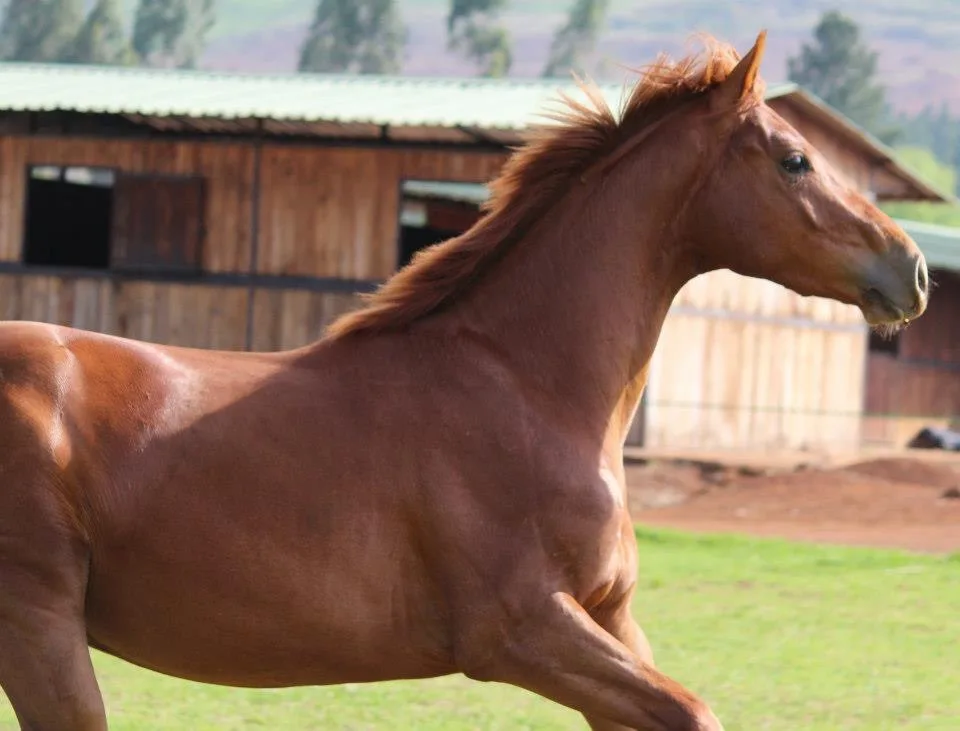
Nutrition Essentials
Understanding and meeting your horse’s nutritional requirements are foundational elements of responsible horse care. Proper nutrition is essential for promoting optimal health, supporting growth, maintaining a healthy weight, boosting immune function, and sustaining energy levels. This section delves into the basics of your horse’s nutritional needs and highlights the crucial role of a balanced diet.
- Understanding Basic Dietary Needs:
- Forage: Forage, such as hay and pasture, forms the cornerstone of your horse’s diet. It provides essential fiber for gut health and promotes natural chewing behavior. Access to high-quality forage is vital for overall well-being.
- Water: Adequate water intake is critical for digestion, temperature regulation, and overall hydration. Horses should have constant access to clean, fresh water. Monitoring water consumption is essential for detecting potential health issues.
- Protein: Protein is essential for muscle development, immune function, and overall tissue repair. Sources of protein include forage, grains, and supplemental protein feeds. The protein content in the diet should match your horse’s age, activity level, and specific needs.
- Vitamins and Minerals: Horses require a balanced mix of vitamins and minerals for various bodily functions. These include vitamin A, vitamin D, calcium, phosphorus, and others. Deficiencies or imbalances can lead to health issues, emphasizing the importance of a well-formulated feed or supplement.
- Energy Sources: Carbohydrates are the primary energy source for horses. Grains, such as oats and barley, provide concentrated energy. Balancing energy intake with expenditure is crucial to prevent weight gain or loss.
- Importance of a Balanced Diet:
- Optimal Growth: For young horses, a balanced diet supports proper growth and development. Essential nutrients, including amino acids, contribute to muscle and bone formation. Monitoring growth rates helps prevent developmental issues.
- Maintaining Healthy Weight: A balanced diet helps maintain an appropriate body weight. Overfeeding or underfeeding can lead to weight-related health problems. Adjusting the diet based on your horse’s body condition score is essential for maintaining optimal weight.
- Boosting Immune Function: Proper nutrition enhances your horse’s immune system, making them more resilient to diseases and infections. Adequate levels of vitamins and minerals, especially those with antioxidant properties, contribute to immune health.
- Sustaining Energy Levels: Horses in work or training require sufficient energy to support physical exertion. Balancing energy sources, including carbohydrates and fats, ensures sustained energy levels without causing undue stress or fatigue.
- Preventing Metabolic Issues: A well-balanced diet helps prevent metabolic issues such as insulin resistance and laminitis. Monitoring the sugar and starch content in feeds is crucial for horses prone to these conditions.
- Dental Health: Chewing on forage promotes dental health by natural wear of teeth. This is essential for maintaining proper dental function, preventing dental issues, and ensuring efficient digestion.
- Tailoring the Diet to Individual Needs:
- Age and Life Stage: Nutritional needs vary with age and life stage. Foals, seniors, and pregnant or lactating mares have specific requirements that should be addressed through tailored feeding programs.
- Activity Level: Horses engaged in different levels of activity, whether as pleasure mounts or performance athletes, require adjustments in their diet to meet energy demands and support muscle function.
- Health Considerations: Horses with health conditions such as metabolic disorders or allergies may need specialized diets. Consulting with a veterinarian or equine nutritionist ensures that the diet aligns with the horse’s specific health considerations.
- Monitoring and Adjusting the Diet:
- Regular Evaluation: Regularly evaluate your horse’s body condition, weight, and overall health. Adjust the diet based on changes in activity, health, or seasonal variations in forage quality.
- Consulting Professionals: Seek guidance from equine nutritionists or veterinarians to formulate a well-balanced diet. They can provide tailored recommendations based on the horse’s individual needs, taking into account factors like breed, climate, and workload.
By comprehensively understanding your horse’s nutritional requirements and understanding the importance of a balanced diet, you can take proactive steps to ensure the well-being and longevity of your equine companions. Tailoring the diet to individual needs and staying vigilant through regular monitoring contribute to the overall health and vitality of your horse.
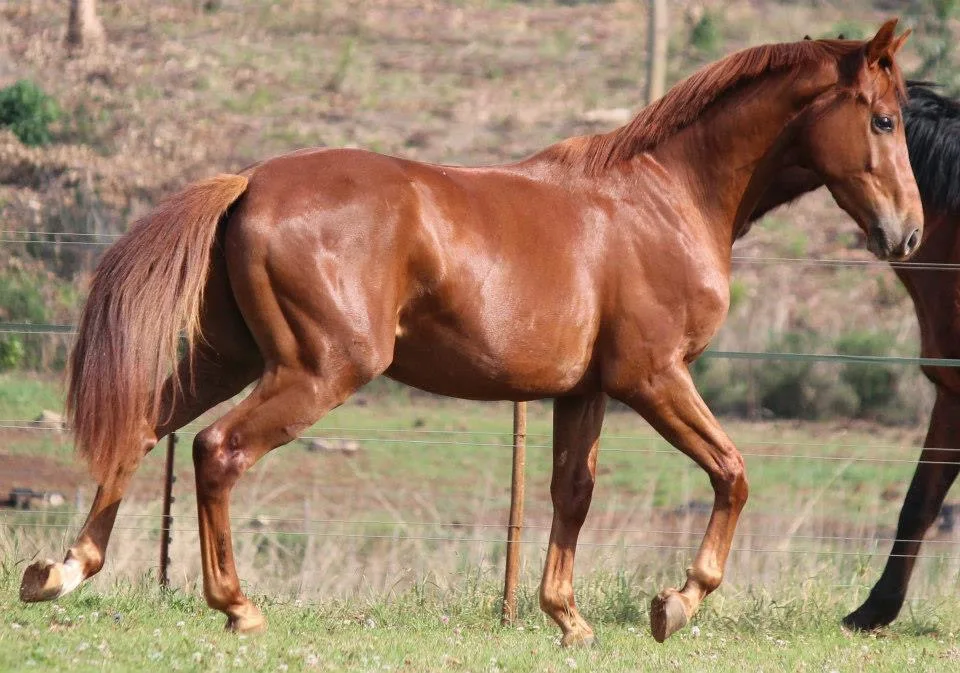
Grooming and Hygiene
Establishing a regular grooming routine is not only a fundamental aspect of horse care but also an opportunity for bonding between you and your horse. Grooming contributes to the overall well-being of your horse by promoting a healthy coat, skin, and hooves.
- Daily Grooming Routine:
- Brushing: Begin the grooming session with a thorough brushing using a stiff-bristled body brush. Brush against the direction of hair growth to remove dirt, debris, and loose hair. This stimulates blood circulation, promotes a healthy coat, and allows for a closer inspection of the skin.
- Combing and Mane/Tail Care: Use a wide-toothed comb to detangle the mane and tail, starting from the bottom and working your way up. Regular combing prevents matting and tangling. Apply a detangler if necessary to ease the combing process.
- Cleaning: Clean your horse’s face, especially around the eyes, nostrils, and mouth, using a damp sponge or cloth. Gently wipe away any discharge or dirt. Pay attention to the sheath and udder areas, ensuring cleanliness and preventing potential health issues.
- Monitoring for Injuries: While grooming, carefully inspect the entire body for any cuts, abrasions, swelling, or signs of discomfort. Early detection of injuries allows for prompt veterinary attention and prevents minor issues from escalating.
- Maintaining a Healthy Coat and Skin:
- Natural Oils and Shine: Regular brushing distributes natural oils produced by your horse’s skin, enhancing the coat’s natural shine and luster. This not only contributes to your horse’s aesthetic appeal but also indicates a healthy coat.
- Stimulating Hair Growth: Brushing stimulates hair follicles and promotes healthy hair growth. It also helps in shedding out the winter coat during seasonal changes, ensuring a sleek and comfortable coat.
- Preventing Skin Conditions: Regular grooming prevents the accumulation of dirt and sweat, reducing the risk of skin conditions such as rain rot or dermatitis. Cleanliness is crucial in maintaining healthy skin, preventing infections, and promoting overall skin integrity.
- Early Detection of Issues: Routine grooming allows for the early detection of skin abnormalities, such as lumps, bumps, or color changes. Detecting such issues promptly facilitates timely veterinary intervention if necessary.
- Hoof Care:
- Importance of Regular Hoof Maintenance: While not directly part of grooming the body, regular hoof care is an integral aspect of overall hygiene. Pick out the hooves daily to remove dirt, rocks, and debris. This prevents thrush, abscesses, and other hoof-related issues.
- Basic Steps for Hoof Care: Inspect the hooves for any signs of injury, cracks, or abnormalities. Addressing minor issues promptly can prevent more significant problems. Regular trimming and, if necessary, shoeing, contribute to proper hoof health.
- Tailored Grooming Products:
- Selecting Appropriate Grooming Products: Choose grooming products, such as brushes, combs, shampoos, and conditioners, based on your horse’s coat type, color, and specific needs. Some horses may require specialized products for sensitive skin or specific coat conditions.
- Use of Mane and Tail Detanglers: Mane and tail detanglers can be particularly useful for horses with long or thick hair. These products make combing easier, reduce breakage, and keep the mane and tail in good condition.
- Building Trust Through Grooming:
- Positive Interaction: Grooming sessions offer a valuable opportunity for positive interaction and bonding between you and your horse. Establishing trust through gentle grooming contributes to a positive relationship, making other interactions, such as veterinary care or handling, more stress-free.
- Observing Behavioral Changes: Pay attention to your horse’s behavior during grooming. Changes in behavior, such as resistance or discomfort, may indicate underlying issues or pain. Addressing such concerns promptly ensures the horse’s well-being.
- Seasonal Considerations:
- Adapting Grooming Practices: Adjust grooming practices based on the seasons. In colder months, use appropriate blankets to keep your horse warm, and consider using a shedding blade during shedding season to aid in the removal of the winter coat.
Regular grooming and proper hygiene practices not only contribute to your horse’s physical health and appearance but also serve as a form of care and connection between you and your horse. By incorporating these practices into the daily routine, you can ensure the well-being of their equine companions and foster a positive relationship built on trust and mutual care.
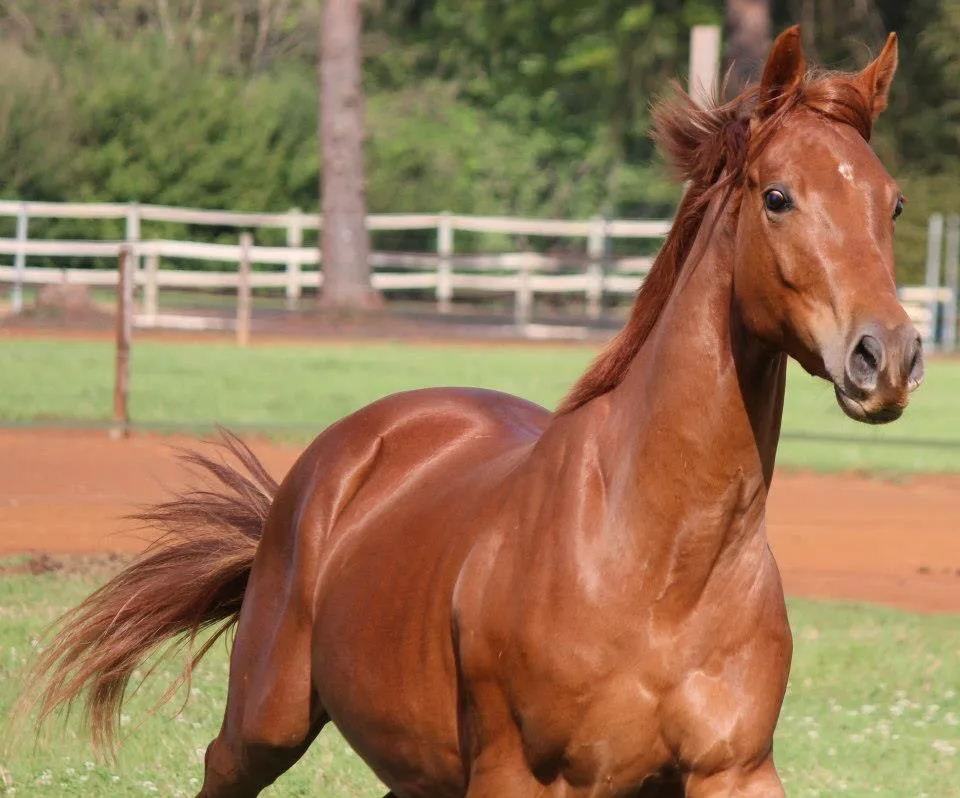
Veterinary Care
Ensuring the health and well-being of a horse requires a proactive and comprehensive approach to veterinary care. Routine veterinary visits are essential for preventive care, early detection of potential health issues, and receiving tailored advice to address the specific needs of the individual horse.
- Regular Checkups:
- Importance of Routine Veterinary Visits: Routine veterinary visits are a cornerstone of proactive horse care. These visits, scheduled at least annually, allow veterinarians to conduct thorough physical examinations, assess the horse’s overall health, and detect potential issues before they become serious.
- Diagnostic Tests and Screenings: Veterinarians may recommend diagnostic tests, such as blood work, fecal exams, or imaging, to evaluate your horse’s internal health and identify any underlying conditions that may not be apparent during a physical examination.
- Tailored Health Plans: Routine checkups provide an opportunity for veterinarians to create tailored health plans based on your horse’s age, activity level, and any pre-existing conditions. This ensures that the care provided is specific to the individual horse’s needs.
- Vaccinations and Preventive Care:
- Vaccinations: Vaccinations are critical for preventing contagious diseases that can pose serious health risks to horses. Common vaccinations include those for tetanus, influenza, rhinopneumonitis, and West Nile virus. A veterinarian will design a vaccination schedule based on regional risks and the horse’s lifestyle.
- Parasite Control: Effective parasite control is vital for maintaining your horse’s health. Regular deworming, tailored to your horse’s age and exposure risk, helps prevent internal parasite infestations. Fecal egg counts and strategic deworming protocols may be recommended.
- Dental Care: Dental examinations and routine dental care are essential components of preventive veterinary care. Regular dental floating helps address issues such as sharp points, malocclusions, and dental abnormalities. Proper dental care supports efficient chewing, digestion, and overall health.
- Nutritional Counseling: Veterinarians play a crucial role in providing nutritional advice tailored to the horse’s specific dietary needs. This may involve recommending appropriate feed, supplements, or dietary adjustments to address deficiencies or support health conditions.
- Recognizing Signs of Illness:
- Common Health Issues in Horses: Owners should be aware of common health issues in horses, including colic, lameness, respiratory problems, and skin conditions. Understanding the signs of illness allows for prompt veterinary intervention.
- Knowing When to Seek Veterinary Assistance: Recognizing signs of distress, changes in behavior, appetite, or other abnormalities prompts owners to seek veterinary assistance promptly. Early intervention often leads to better outcomes and prevents the progression of potential health issues.
- Emergency and Urgent Care:
- Emergency Preparedness: In addition to routine care, horse owners should be prepared for emergencies. Understanding basic first aid, having a well-stocked first aid kit, and knowing when to seek emergency veterinary assistance are crucial aspects of responsible horse ownership.
- Prompt Response to Injuries or Illness: Prompt response to injuries or signs of illness, including contacting a veterinarian promptly, can make a significant difference in the horse’s recovery. Owners should be familiar with basic first aid measures and know how to stabilize a horse before professional help arrives.
- Collaboration with Farriers and Other Specialists:
- Working with Farriers: Regular communication between veterinarians and farriers is vital for maintaining hoof health. Collaboration ensures that any hoof-related issues, such as lameness or conformational concerns, are addressed comprehensively.
- Consulting Specialists: In cases of specific health concerns or conditions, veterinarians may recommend consultations with specialists such as equine surgeons, ophthalmologists, or reproductive specialists. Collaborating with a team of specialists ensures a comprehensive approach to the horse’s care.
- Maintaining Health Records:
- Record Keeping: Keeping detailed health records, including vaccination history, deworming schedules, dental care, and any veterinary treatments, helps in tracking the horse’s health over time. This information is valuable for veterinarians when making diagnostic and treatment decisions.
By prioritizing routine veterinary visits and embracing preventive care measures, horse owners can actively contribute to the long-term health and well-being of their equine companions. Regular checkups, vaccinations, parasite control, dental care, and nutritional counseling form a comprehensive framework for maintaining optimal health and preventing potential health issues in horses.
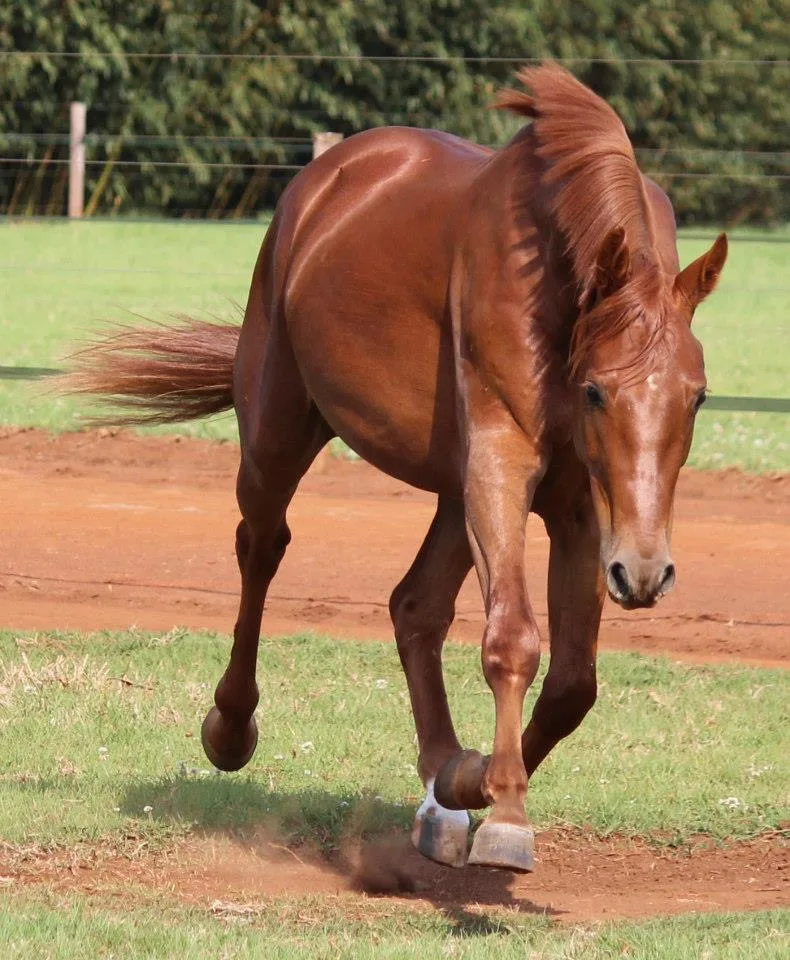
Exercise and Mental Stimulation
Ensuring your horse receives appropriate exercise and mental stimulation is integral to their overall well-being. Physical activity not only supports muscle development, joint health, cardiovascular fitness, and weight management but also plays a crucial role in maintaining mental health.
- Designing a Suitable Exercise Routine:
- Importance of Physical Activity: Regular physical exercise is vital for horses to maintain optimal health. It promotes muscle development, enhances joint flexibility, supports cardiovascular fitness, and contributes to overall physical conditioning.
- Muscle Development: Incorporating a variety of exercises, such as lunging, riding, or turnout, encourages muscle development. Horses engaged in regular physical activity develop strong, well-toned muscles, which is essential for their strength and coordination.
- Joint Health: Controlled exercise, including activities that encourage natural movements like walking, trotting, and cantering, promotes joint health. Regular motion helps lubricate joints and reduces the risk of stiffness or arthritis.
- Cardiovascular Fitness: Activities that elevate the heart rate, such as trotting and cantering, contribute to cardiovascular fitness. A healthy cardiovascular system ensures efficient oxygen and nutrient delivery to tissues and supports overall endurance.
- Incorporating Mental Stimulation:
- Varied Activities: Providing a variety of activities keeps horses mentally engaged. Regularly changing the routine prevents boredom and challenges your horse’s mind, contributing to mental well-being.
- Obstacle Courses: Setting up obstacle courses in arenas or during trail rides introduces mental challenges. Negotiating obstacles encourages problem-solving skills and adds an element of excitement to your horse’s routine.
- Toys and Enrichment: Offering toys, such as treat balls or hanging feeders, provides mental stimulation. Horses can spend time figuring out how to access treats, fostering curiosity and engagement.
- Trail Riding: Trail rides expose horses to new environments, scents, and terrain. The sensory stimulation and mental engagement during trail rides contribute to a well-rounded exercise routine.
- Social Interactions: Allowing horses to interact with other compatible equines fosters social bonds and provides mental stimulation. Social interactions contribute to a positive and enriching environment.
- Rotation of Activities: Rotating activities, such as riding, lunging, ground exercises, and turnout, prevent monotony. Horses thrive on routine but benefit from occasional changes to keep their minds active and engaged.
- Training Sessions: Incorporating training sessions, such as ground exercises or dressage, challenges the horse mentally. Learning new cues and refining existing skills keeps the mind active and contributes to the horse’s overall training.
- Considering Individual Needs:
- Tailoring Activities: Consider the individual needs of your horse when designing an exercise and mental stimulation routine. Factors such as age, health, and temperament influence the type and intensity of activities suitable for each horse.
- Gradual Introductions: Introduce new activities gradually, especially if your horse is not accustomed to certain exercises or stimuli. Gradual exposure allows your horse to adapt and reduces stress.
- Monitoring and Adjusting:
- Observing Behavior: Pay attention to your horse’s behavior during and after exercise. Signs of contentment, enthusiasm, or relaxation indicate a positive experience. Conversely, signs of stress, resistance, or discomfort may signal the need for adjustments.
- Adjusting Intensity: Adjust the intensity and duration of activities based on your horse’s fitness level and any health considerations. Consult with a veterinarian or equine professional to ensure that the exercise routine aligns with your horse’s well-being.
- Ensuring Safety:
- Secure Environments: Exercise areas should be secure and free from hazards to ensure the safety of both you and your horse. Regularly inspect arenas, turnout areas, and trail paths for potential risks.
- Proper Warm-Up and Cool Down: Incorporate proper warm-up and cool-down sessions into exercise routines to prevent injuries and promote joint flexibility. Gradual transitions into and out of exercise reduce stress on muscles and joints.
By embracing a holistic approach to exercise and mental stimulation, you can contribute to your horses’ physical health, mental well-being, and overall happiness. Designing a well-rounded routine that incorporates varied activities, challenges the mind, and considers individual needs ensures that horses lead fulfilling and contented lives.
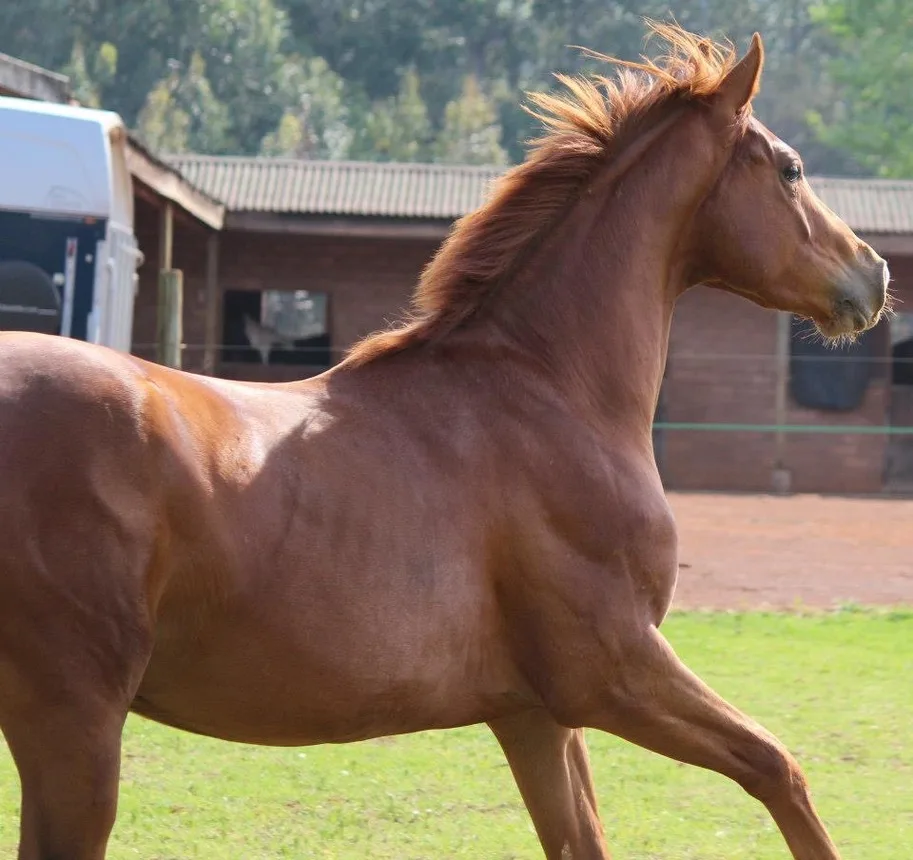
Social Interaction
Understanding and facilitating positive social interactions is crucial for the well-being of horses, which are inherently social animals with a natural herd instinct.
- Understanding Equine Social Behavior:
- Herd Instinct: Horses are herd animals by nature, and their social structure is deeply ingrained. In a natural setting, horses form cohesive groups that provide safety, companionship, and a sense of security. Understanding and respecting this herd instinct is essential for meeting their emotional needs.
- Social Hierarchy: Within a herd, horses establish a social hierarchy. Each individual has a specific role and position, which helps maintain order and reduces stress. Social interactions contribute to the horse’s emotional well-being and mental health.
- Communication: Horses communicate through body language, vocalizations, and other subtle cues. Positive social interactions involve mutual grooming, playing, and shared activities. Observation of these behaviors allows owners to gauge the emotional state of their horses.
- Significance of Positive Social Interactions:
- Emotional Well-being: Positive social interactions contribute significantly to the emotional well-being of horses. Loneliness and isolation can lead to stress, anxiety, and behavioral issues. Providing opportunities for socialization supports a more content and emotionally balanced equine companion.
- Reducing Stress: Horses experience stress when isolated or separated from their herdmates. Positive social interactions help mitigate stress, promoting a sense of security and comfort.
- Strategies for Ensuring a Positive Social Environment:
- Companion Animals: Introducing compatible companion animals, such as other horses, ponies, or even certain livestock, can help fulfill the horse’s social needs. Having a companion provides company during periods of turnout or stabling, reducing feelings of isolation.
- Proper Introductions: Introducing horses to each other should be done gradually and in a controlled environment. This allows them to establish a hierarchy without the risk of aggressive encounters. Supervised introductions, initially over a fence or in adjacent spaces, help horses become familiar with each other’s presence.
- Monitoring Group Dynamics: When horses are kept in groups, monitor the group dynamics to ensure harmonious relationships. Occasional disagreements are normal, but prolonged aggression or bullying should be addressed promptly to maintain a positive social environment.
- Environmental Enrichment: Create an environment that encourages positive social interactions. Adequate space for movement with shared feeding areas, and natural features like shelters or trees can enhance the social dynamics within a group.
- Routine Turnout: Regular turnout, allowing horses to graze, play, and interact in a larger space, supports positive social interactions. Providing access to pasture allows horses to express natural behaviors, fostering a more content and mentally stimulated environment.
- Individualized Care:
- Consideration of Individual Needs: Some horses may thrive in larger groups, while others may prefer smaller, more intimate settings. Consider the individual needs and preferences of each horse when arranging social interactions.
- Solo Horses: In cases where a horse must be kept alone, efforts should be made to compensate for the lack of direct horse-to-horse interaction. This can include arranging adjacent turnout with other horses or providing opportunities for over-the-fence socialization.
- Addressing Behavioral Issues:
- Consulting Professionals: If behavioral issues arise due to social interactions, consult with equine behaviorists or trainers. Professionals can guide on addressing issues such as aggression, anxiety, or territorial behavior within a group.
- Transitions and Changes:
- Gradual Transitions: When introducing a new horse to a group or making changes to the social structure, do so gradually. This minimizes stress and allows horses to adjust at their own pace.
- Monitoring Changes in Behavior: Pay attention to changes in behavior, appetite, or overall demeanor when there are alterations in the social environment. Rapid changes may indicate stress or discomfort.
By recognizing and honoring the natural herd instinct of horses, horse owners can create environments that support positive social interactions. Whether through companionship, proper introductions, or environmental enrichment, fostering a positive social environment is essential for the emotional well-being and contentment of horses.
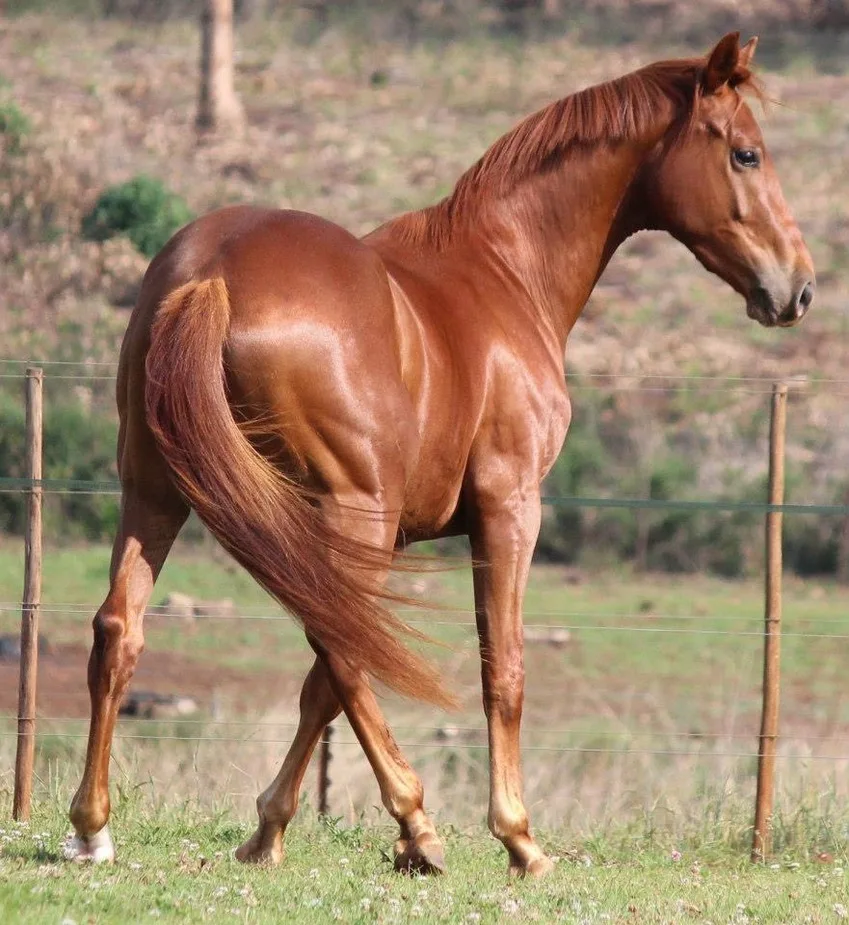
Emergency Preparedness
Being well-prepared for emergencies is a critical aspect of responsible horse ownership. This section covers the essentials of emergency preparedness for horses, including the components of a horse first aid kit, the significance of knowing emergency contact information and encouraging ongoing learning within the horse community.
Creating an Emergency Plan:
- Essential Items for a Horse First Aid Kit:
- Wound Care Supplies:
- Sterile gauze pads and bandages for wound dressing.
- Antiseptic solutions or wipes for cleaning wounds.
- Hydrogen peroxide for wound cleaning (with caution).
- Triple antibiotic ointment to prevent infection.
- Emergency Medications:
- Banamine or other anti-inflammatory medication (prescribed by a veterinarian).
- Electrolyte paste or powder for quick rehydration.
- Thermometer to monitor the horse’s temperature.
- Tools for Hoof Care:
- Hoof pick for cleaning hooves.
- Hoof boots for protection in case of injury.
- Equine hoof adhesive or putty for temporary hoof repairs.
- Other Essential Items:
- Veterinary wrap or cohesive bandages.
- Scissors and blunt-tip tweezers for cutting and removing materials.
- Flashlight and spare batteries for visibility during nighttime emergencies.
- Emergency contact information is laminated and stored in the kit.
- Wound Care Supplies:
- Knowing Emergency Contact Information:
- Veterinarian Contacts: Keep contact information for the primary veterinarian and any emergency or on-call veterinary services. Include details for equine specialists if applicable.
- Farrier Contacts: Have contact information for the primary farrier and any emergency farrier services. Discuss the protocol for addressing hoof-related emergencies.
- Transportation Services: Know the contact details of local horse transportation services in case evacuation is necessary.
- Local Authorities: Keep contact information for local animal control, fire department, and law enforcement for assistance in emergencies.
- Neighbors and Horse Community Contacts: Establish communication with neighboring horse owners. In times of crisis, a supportive network can be invaluable.
- Encourage Ongoing Learning and Connection:
- Join Horse Owner Groups: Participate in local or online horse owner groups to share experiences, ask questions, and stay informed about equine care and emergencies.
- Attend Workshops and Seminars: Attend workshops or seminars on emergency preparedness, first aid, and general horse care. Local veterinary clinics or equine organizations often host educational events.
- Online Forums and Blogs: Explore online forums, blogs, and social media groups dedicated to horse care. Engaging with the community provides a platform for sharing knowledge and learning from others’ experiences.
- Continued Education: Keep up with the latest developments in equine health, nutrition, and emergency care through reputable publications, webinars, and educational resources.
- Further Reading and Outbound Links:
- Basic horse care guide
- Equus Magazine: Equus offers articles, advice, and insights on horse care, including emergency situations.
- USDA Animal and Plant Health Inspection Service (APHIS): APHIS provides information on animal health, regulations, and emergency response.
- Basic Horse Care For Beginners – How to Look After a Horse
- The Ultimate Equestrian
- BASIC HORSE CARE RULES: Check on horse’s at least twice a day; Make sure grazing is free of danger and poisonous plants; Make sure stables are suitable/safe …
Ongoing learning and connection within the horse community ensures that you as a horse owner are well-equipped to handle emergencies and provide optimal care for your equine companion. Staying informed, participating in educational opportunities, and building a network of support contribute to the overall well-being of horses and their caretakers.
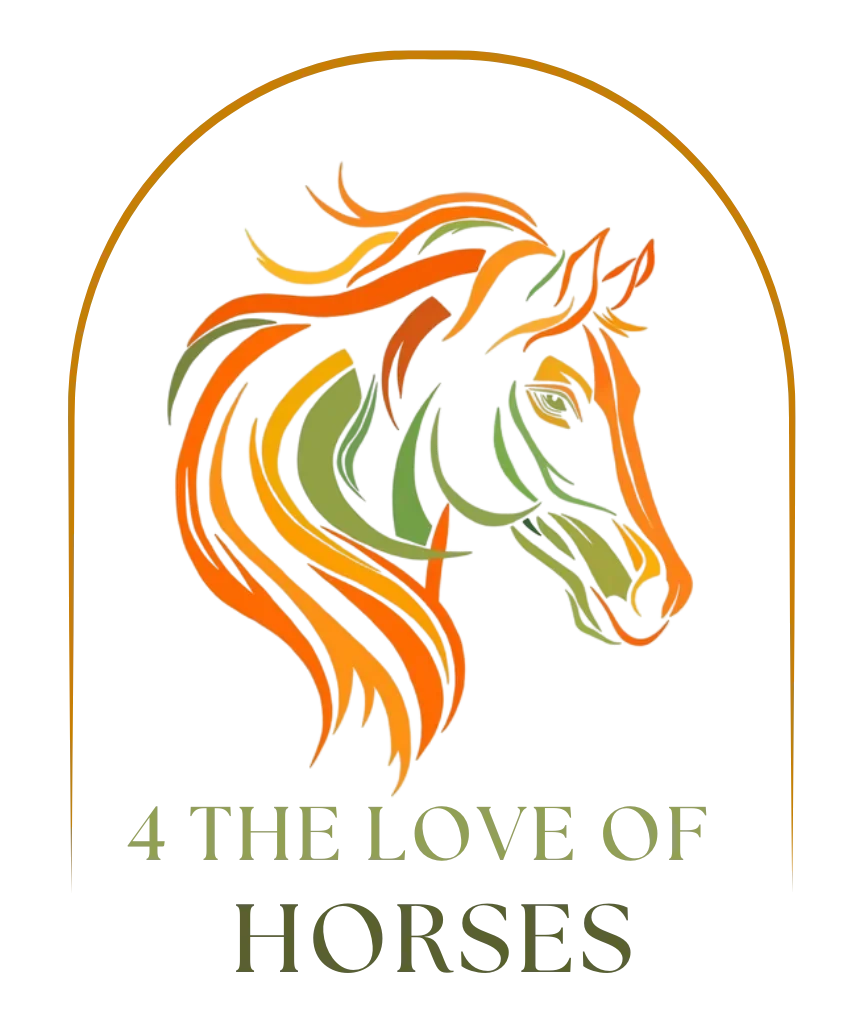
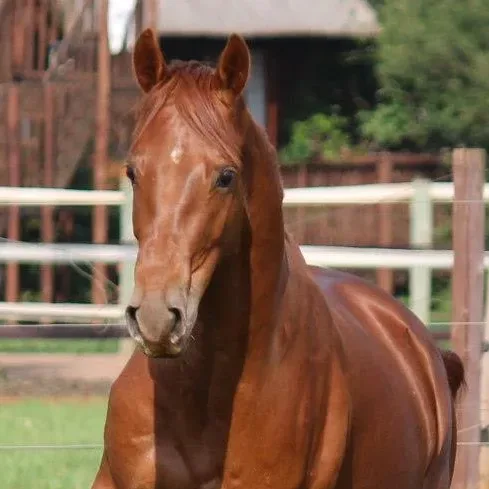
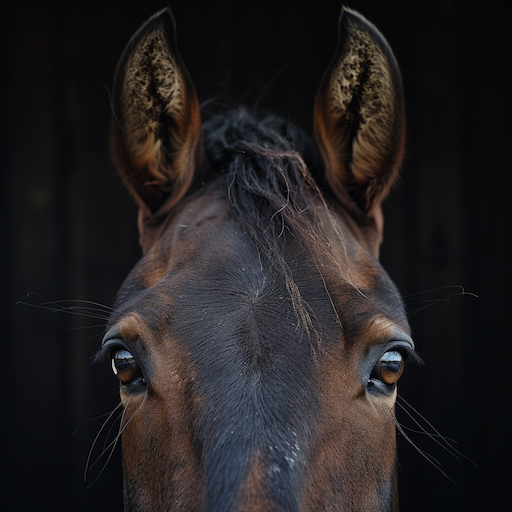

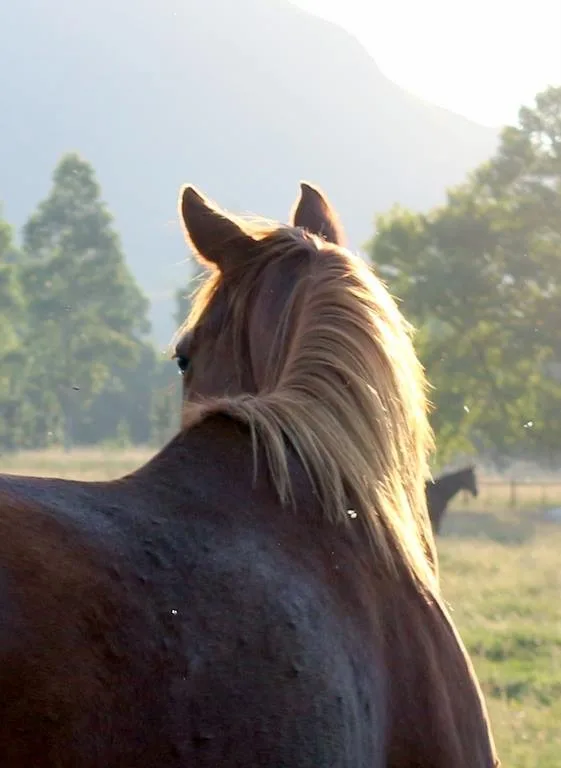
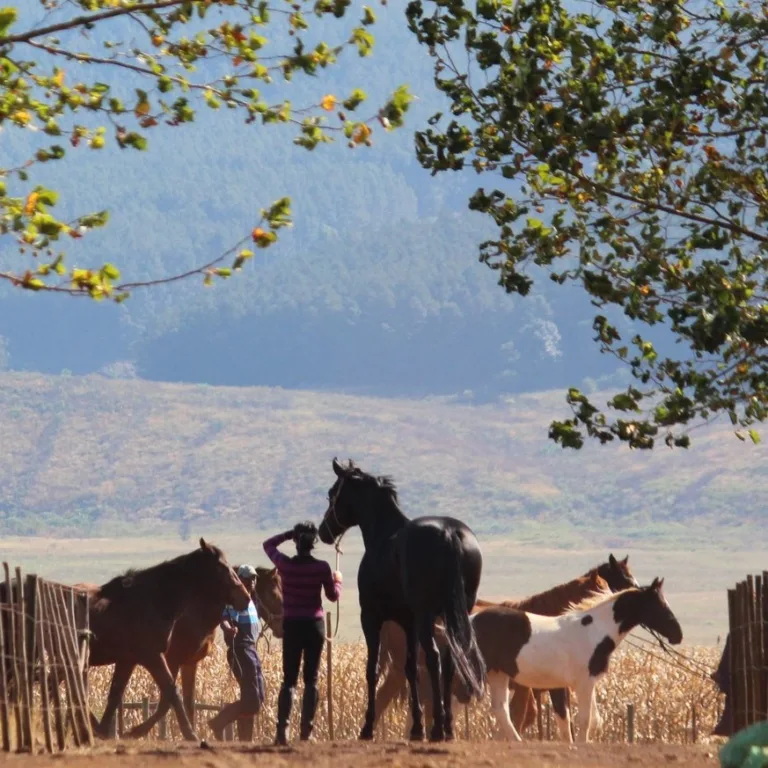
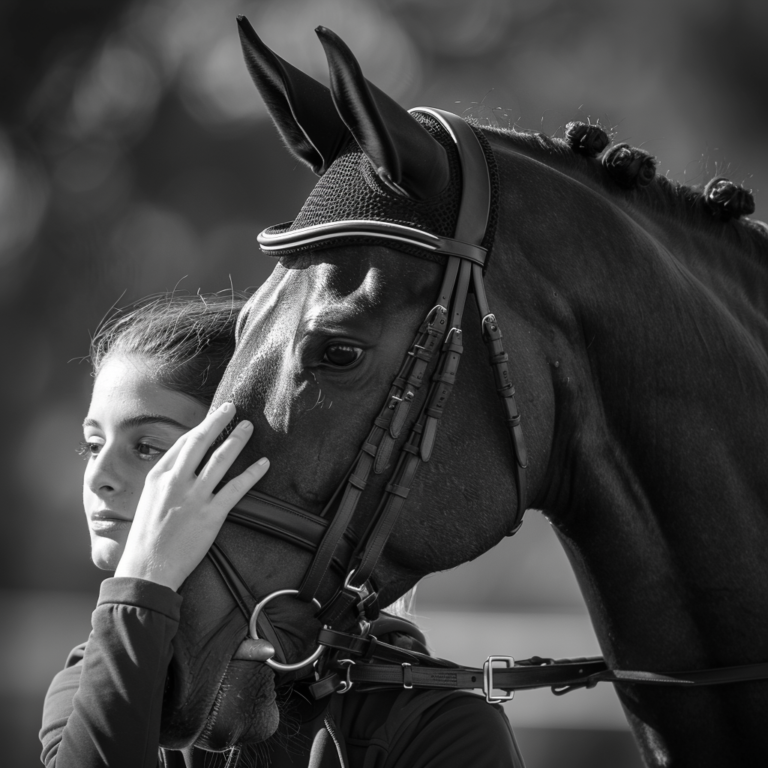
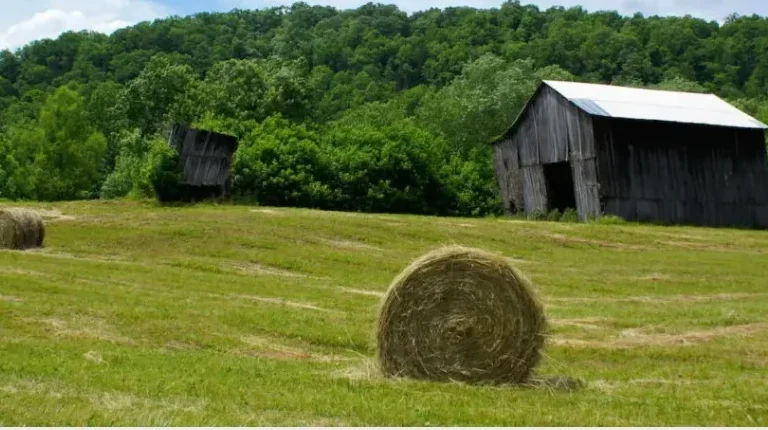
One Comment